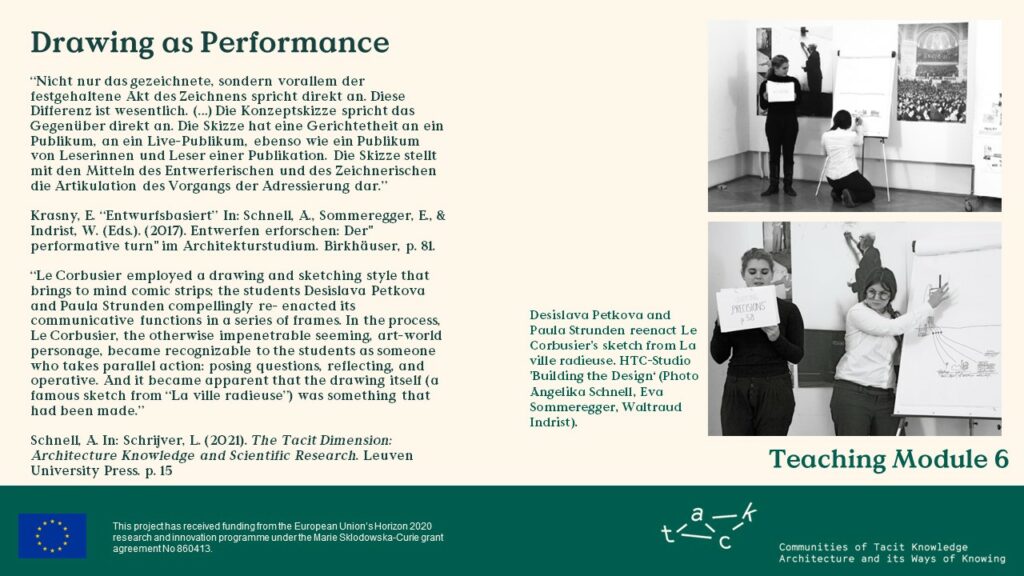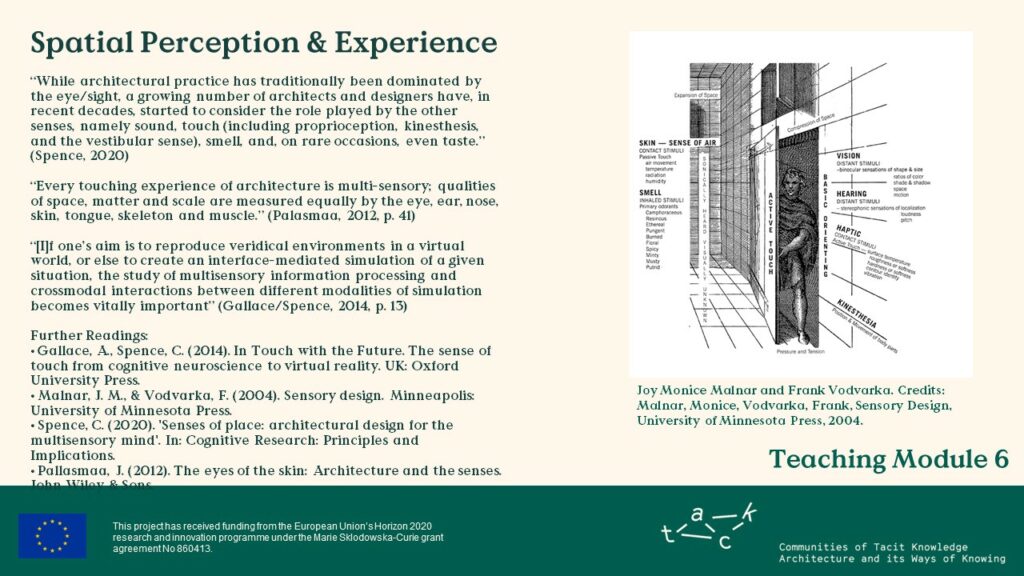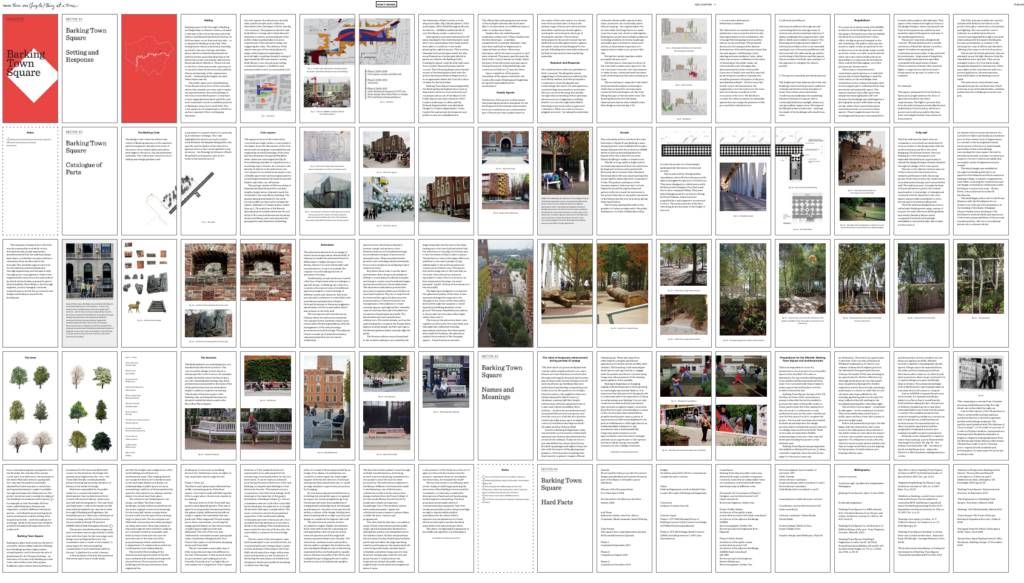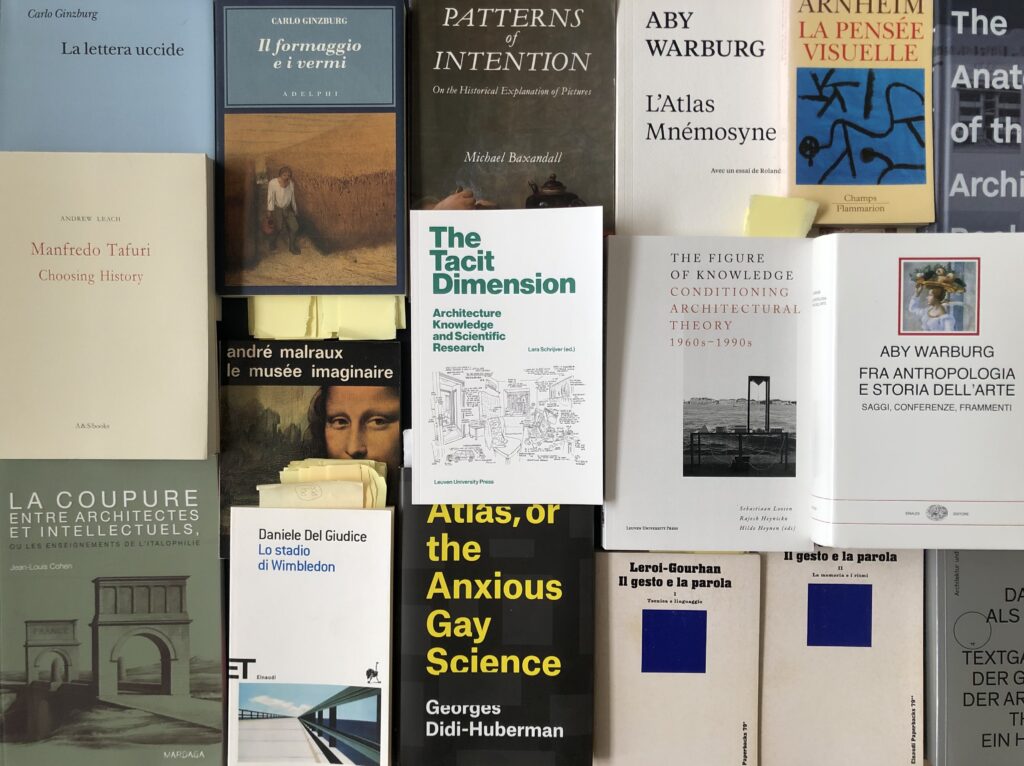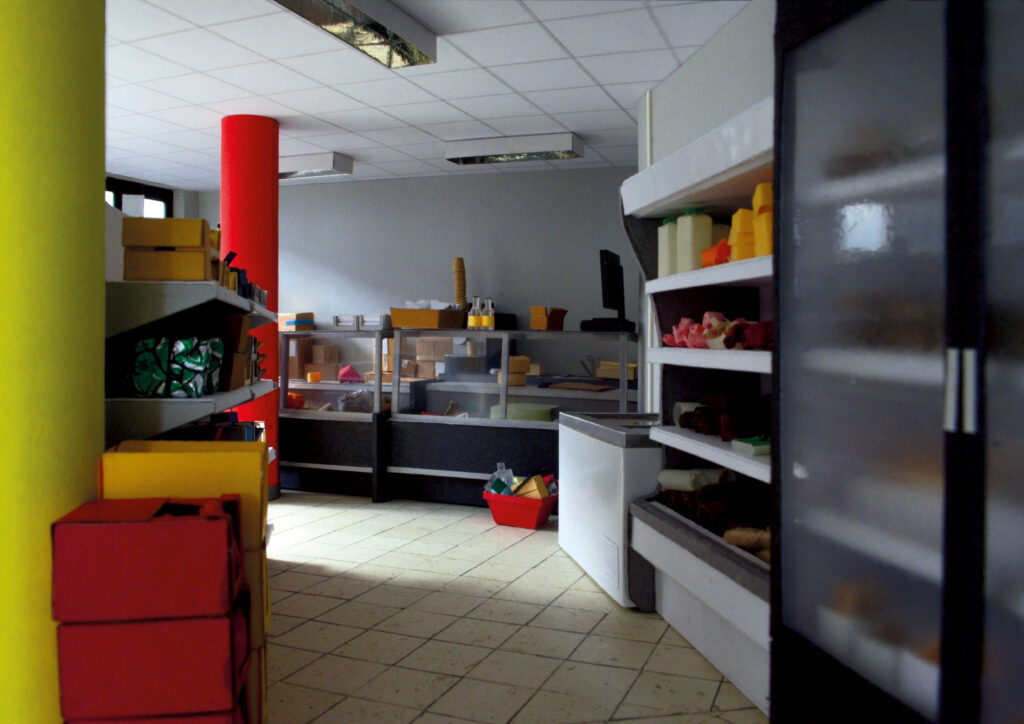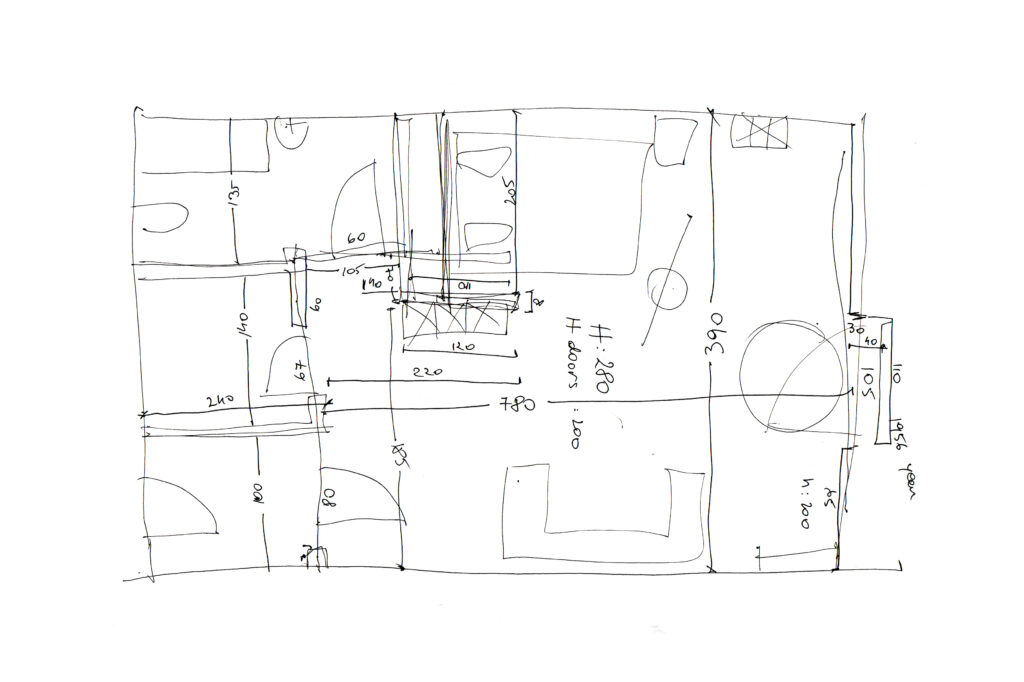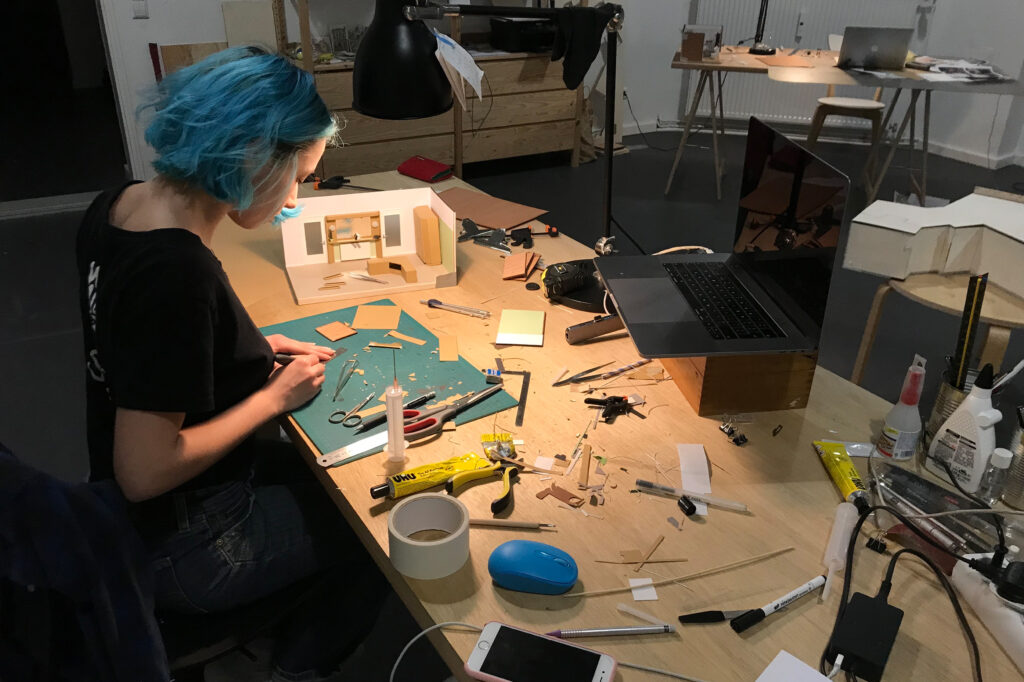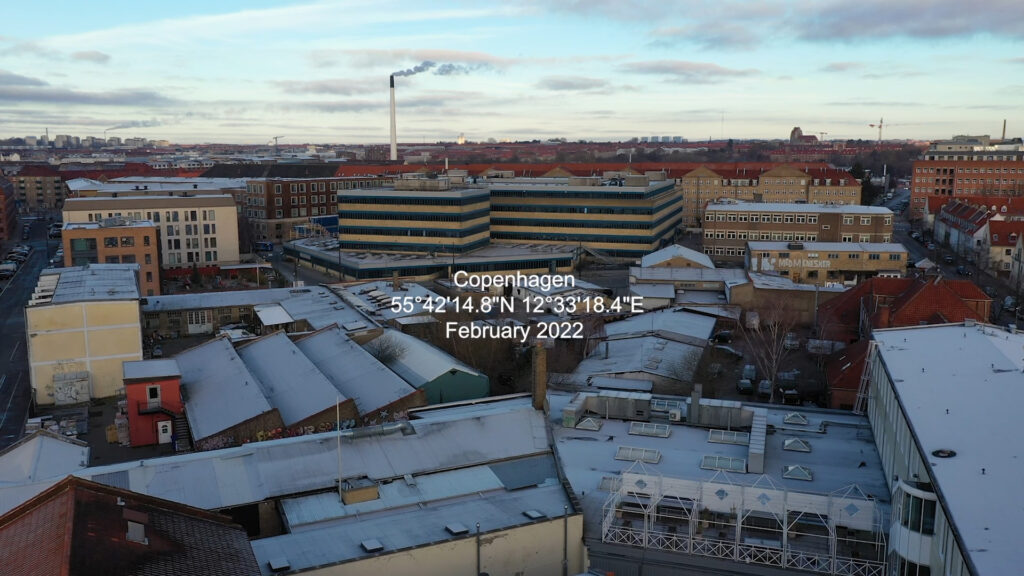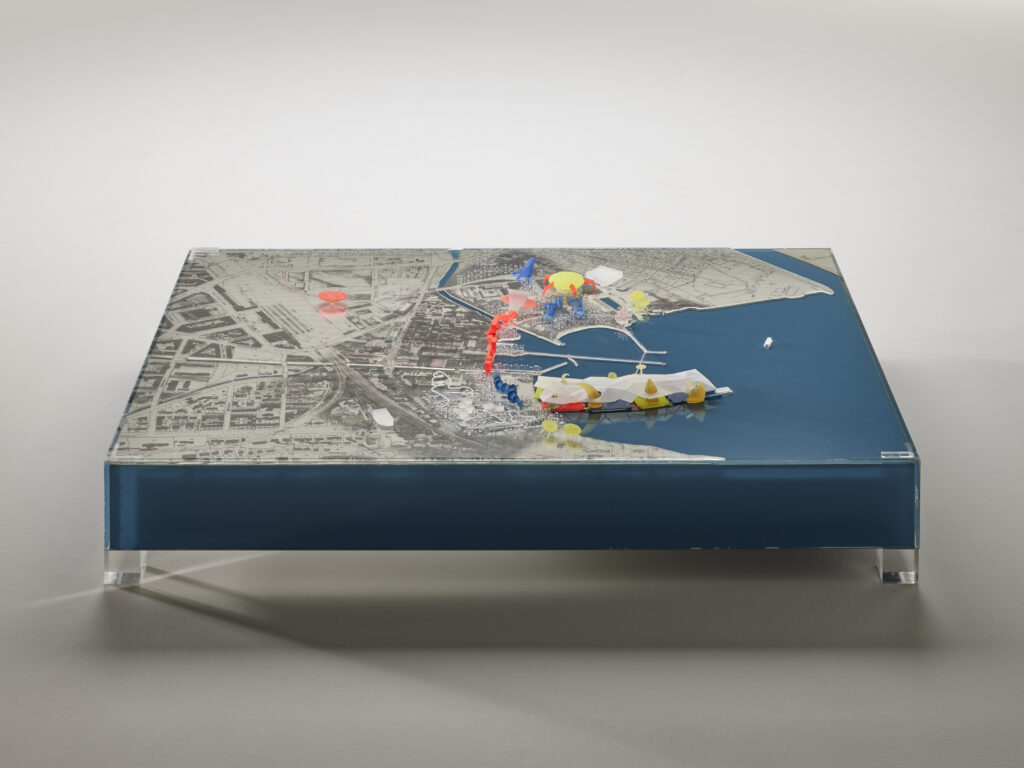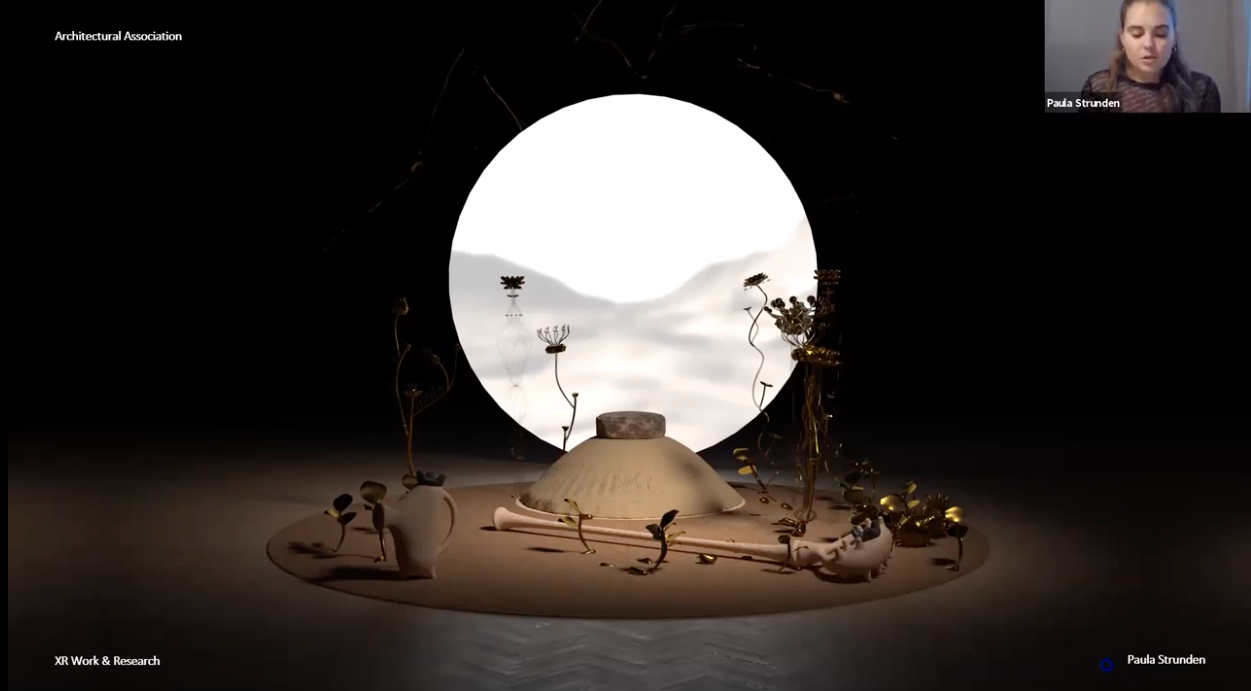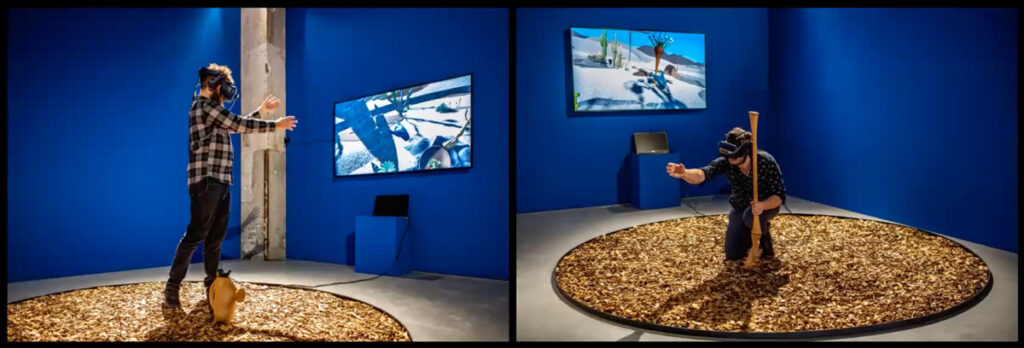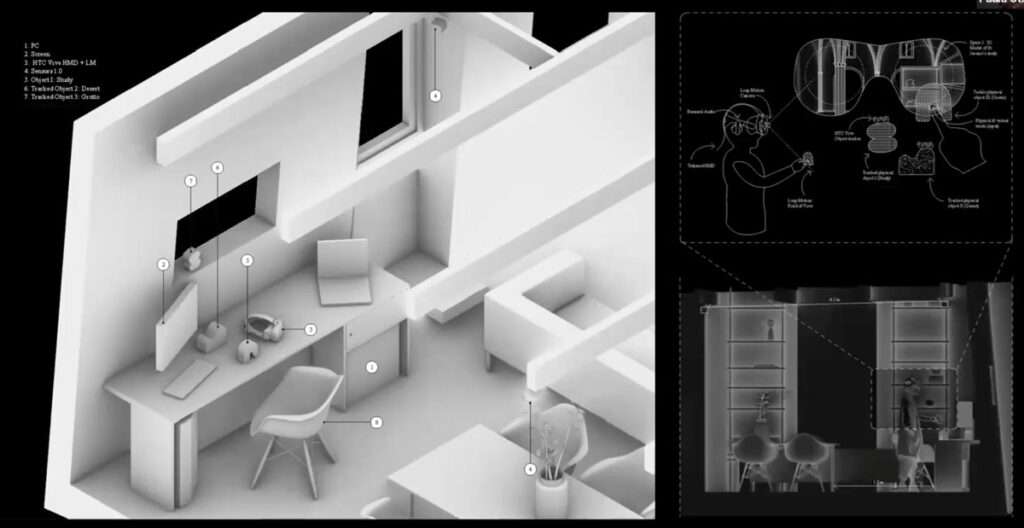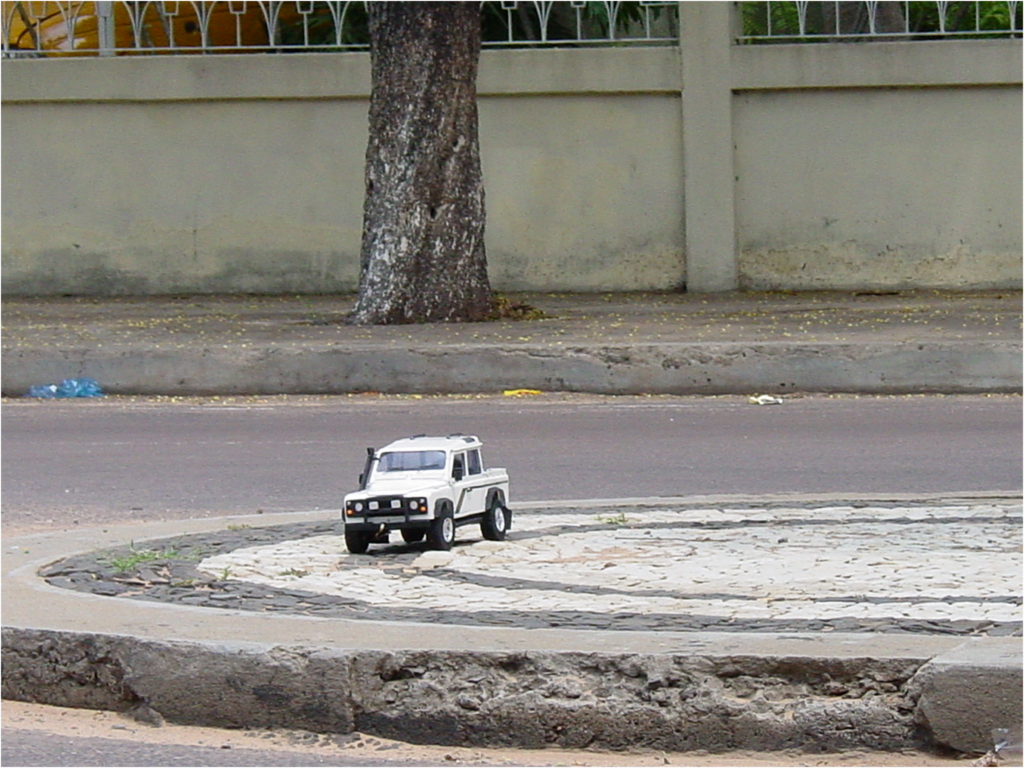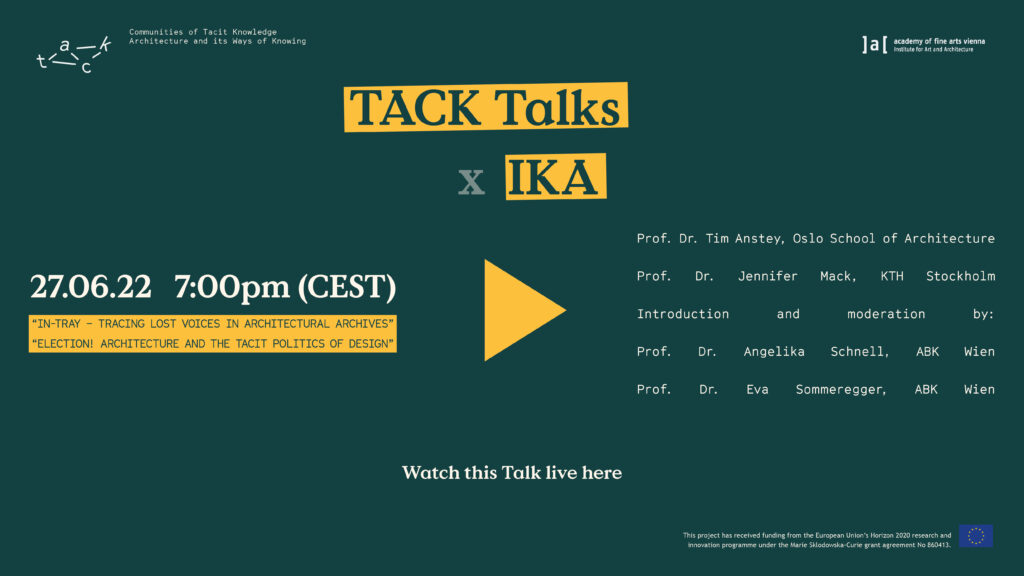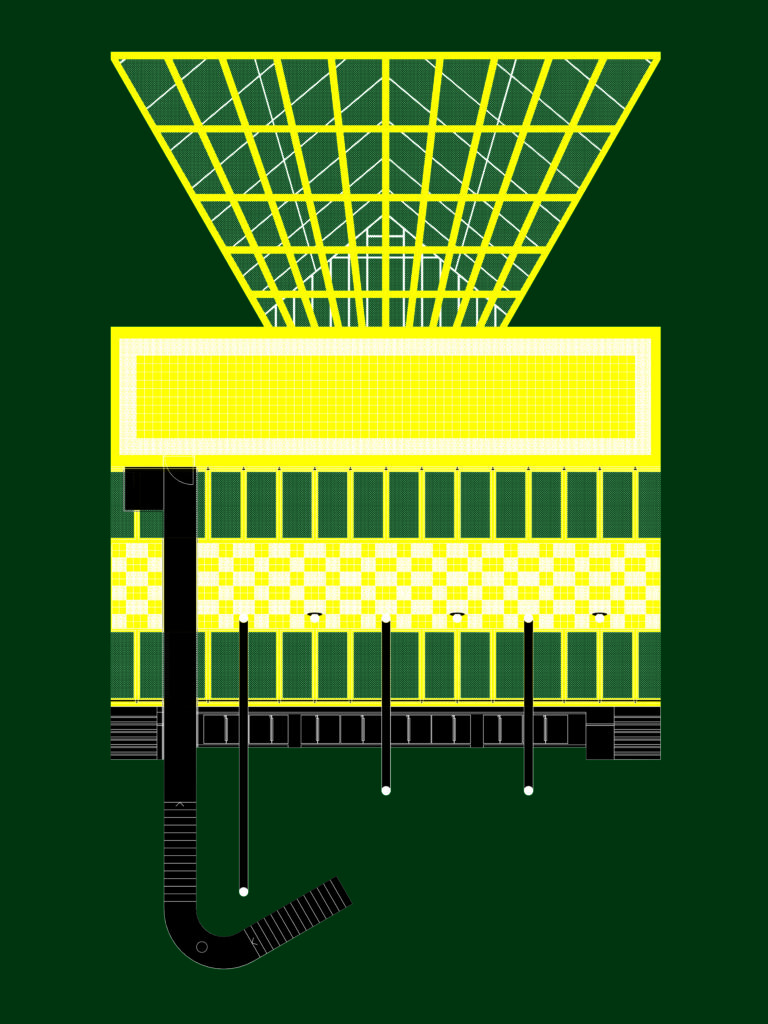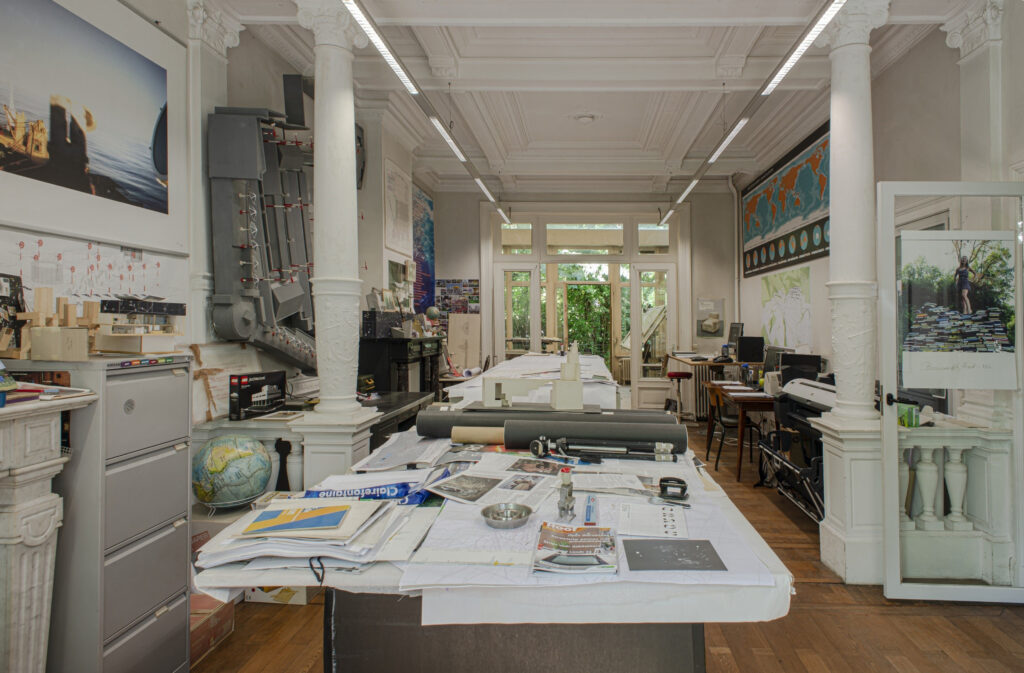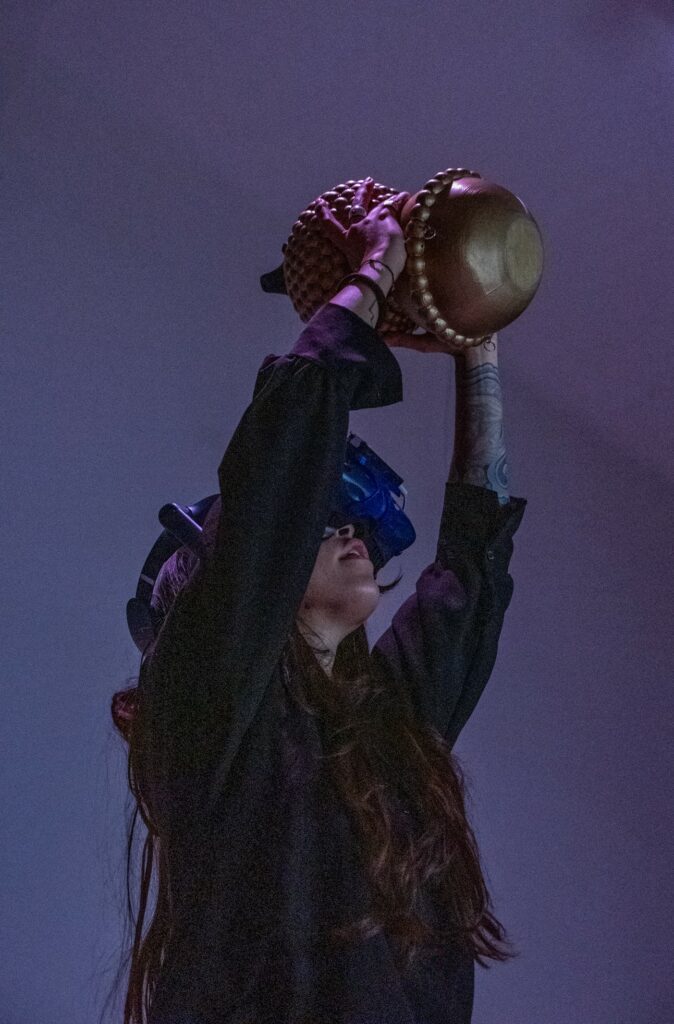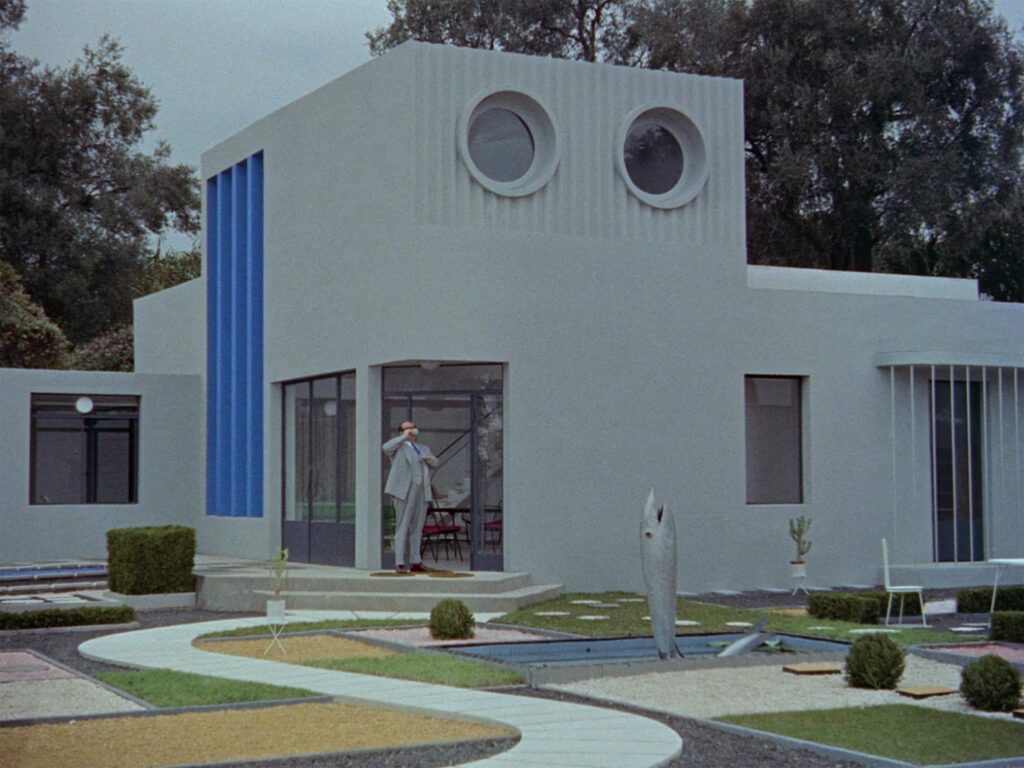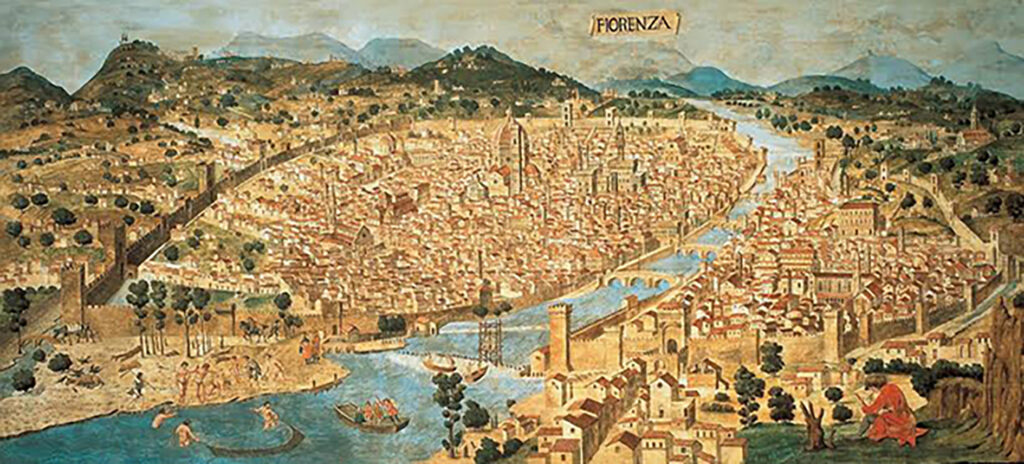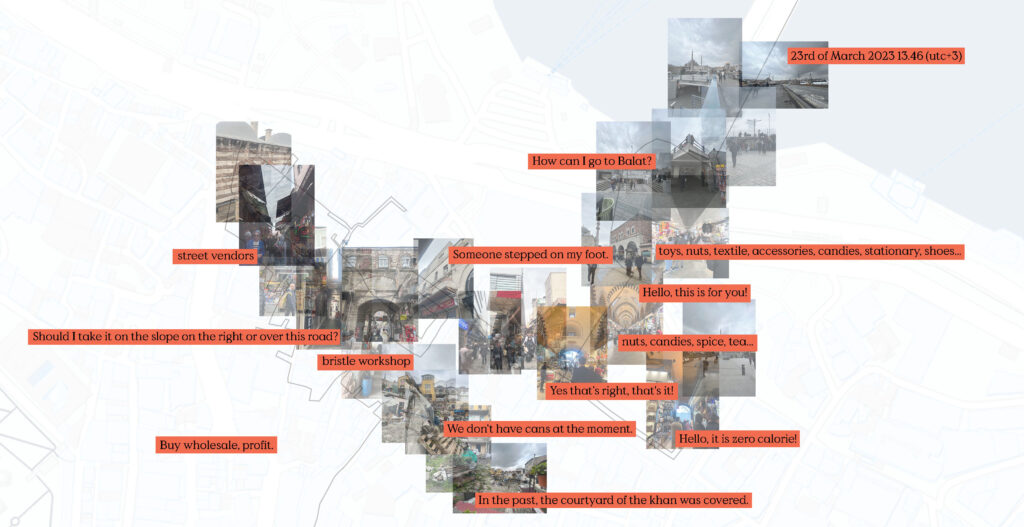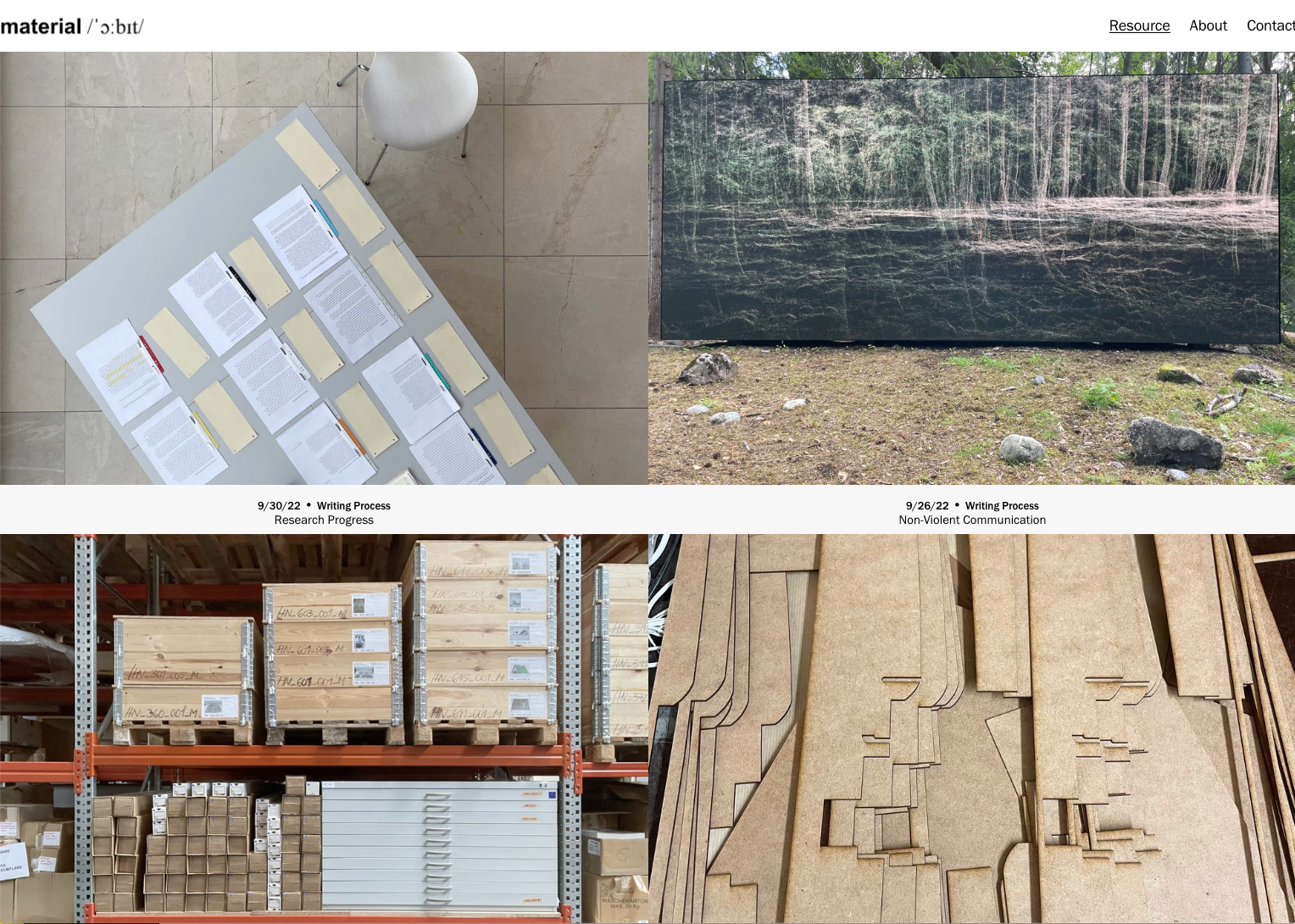Drawing
Exhibition
TACK Exhibition Object
City as Forest
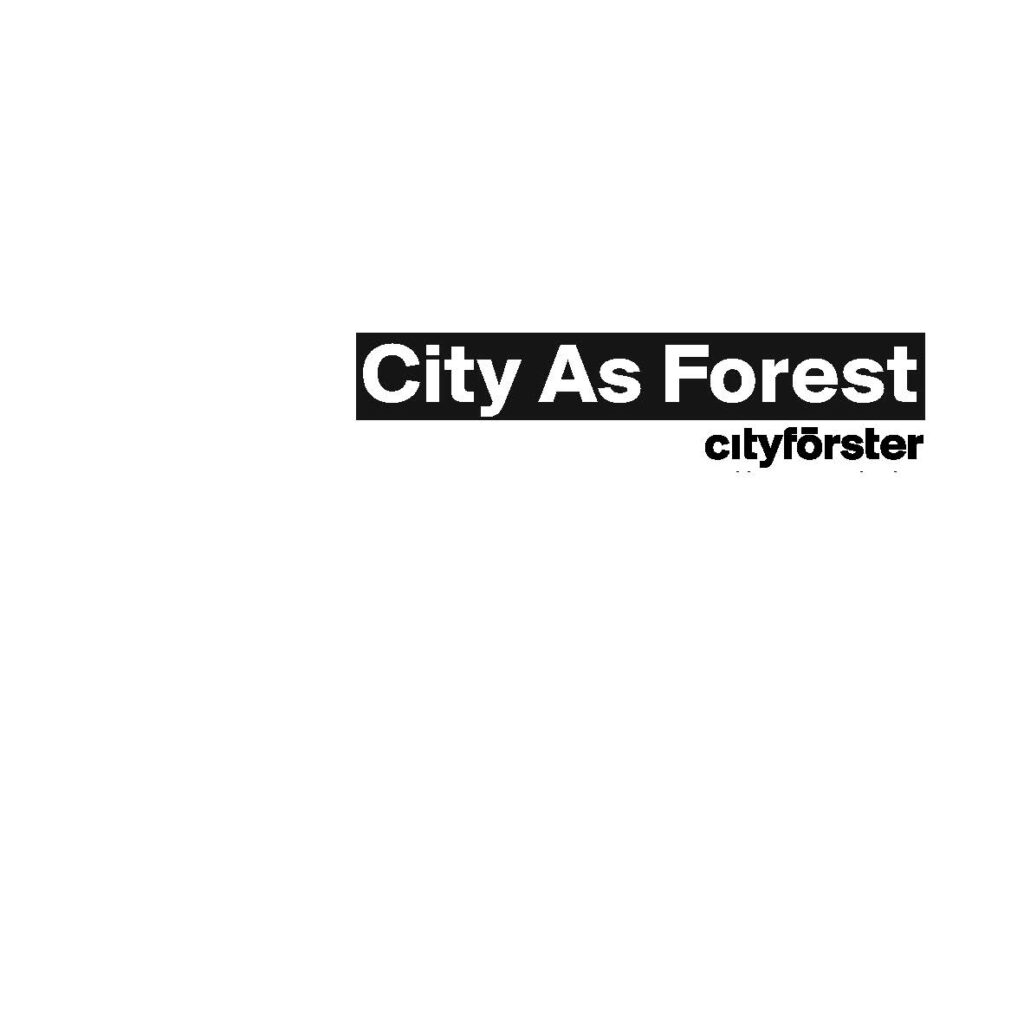
© Verena Brehm
We understand the city as a forest: a complex (eco)system in which various spatial elements are synergistically and dynamically networked. In this sense, with every design, the challenge and the opportunity arise to contribute to the system as a whole rather than creating a solitary object.
Verena Brehm
CITYFÖRSTER
Drawing
Exhibition
TACK Exhibition Object
View
City as Forest
Verena Brehm
CITYFÖRSTER

© Verena Brehm

© TACK
We understand the city as a forest: a complex (eco)system in which various spatial elements are synergistically and dynamically networked. In this sense, with every design, the challenge and the opportunity arise to contribute to the system as a whole rather than creating a solitary object.



